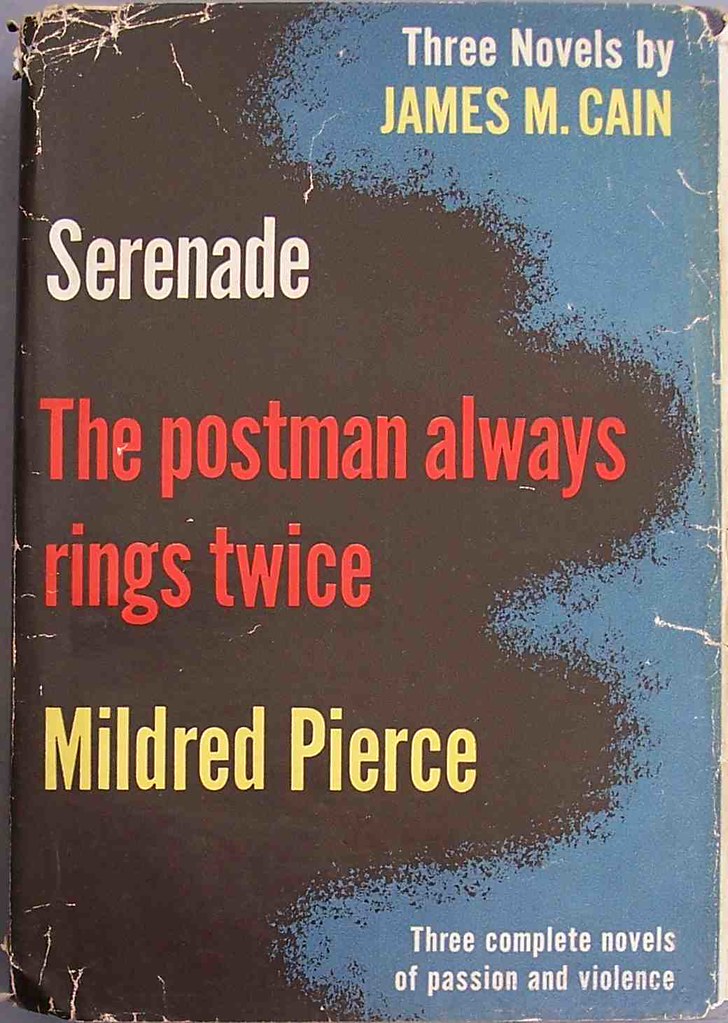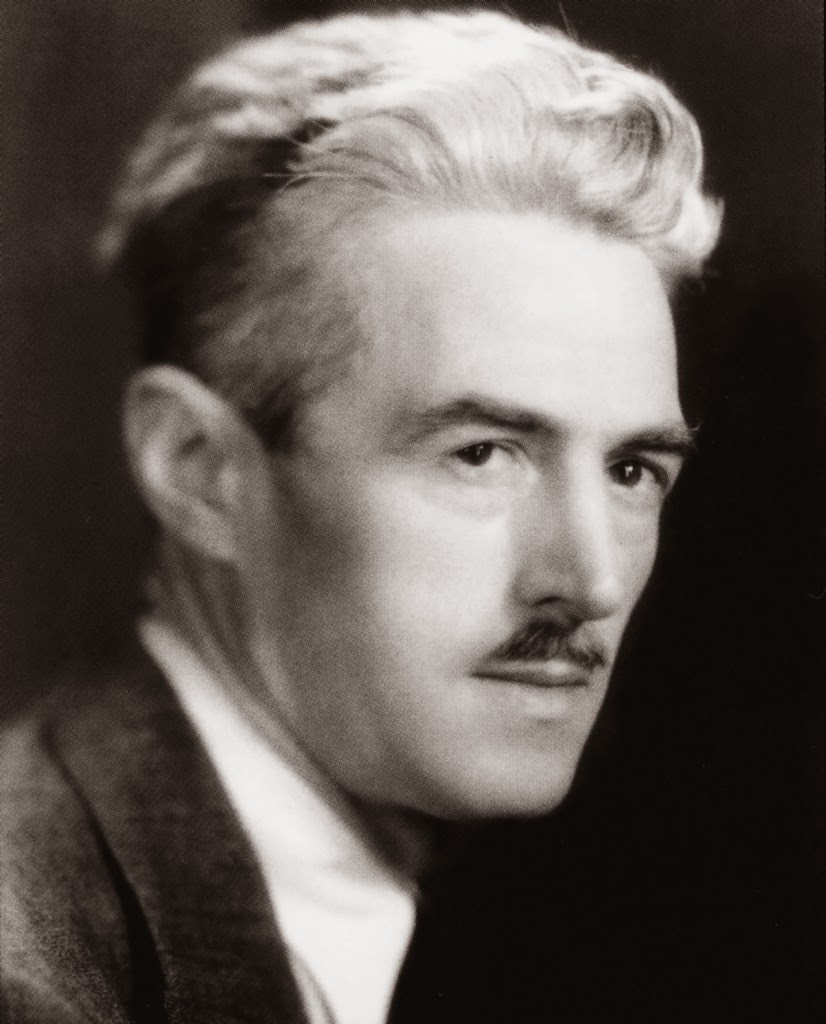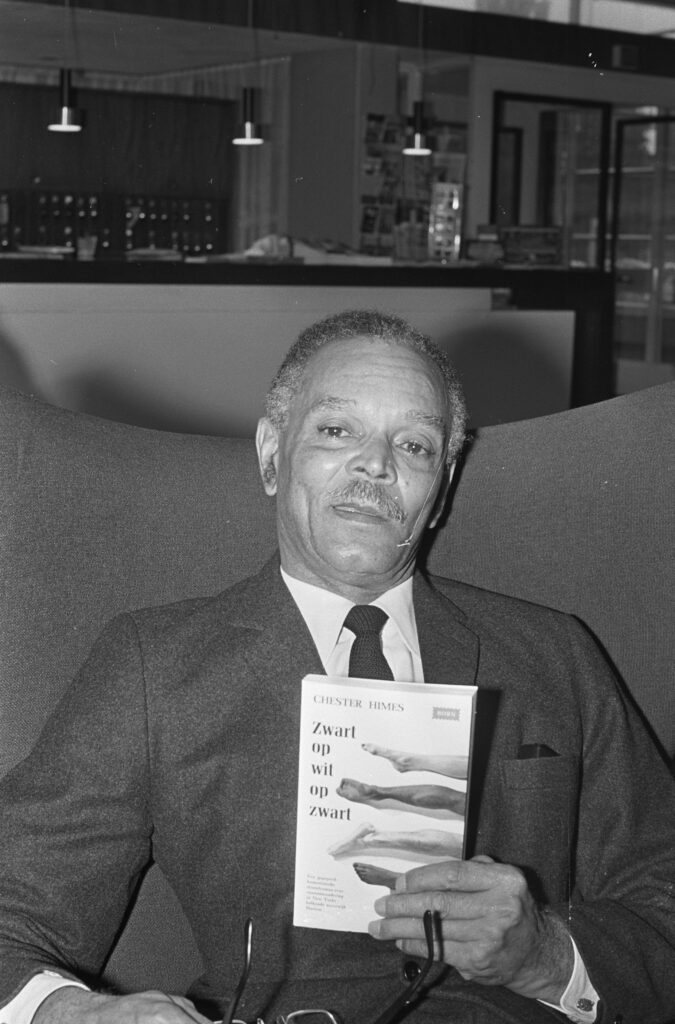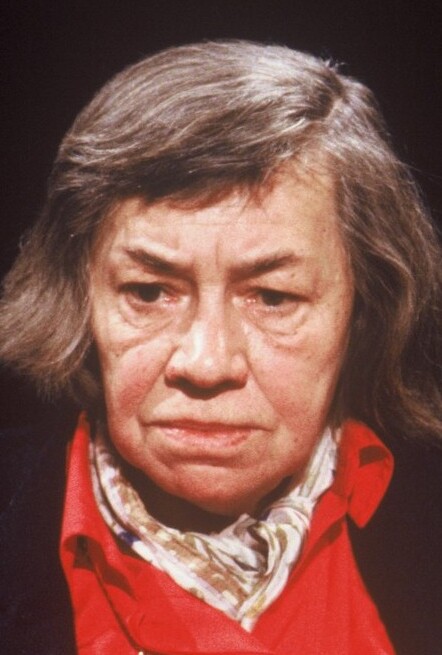
There’s a peculiar melancholy that seems to linger in the very air when we talk about the 1940s, a decade when the world felt perpetually poised on a knife’s edge. This era didn’t just give us iconic films; it gave us an entire genre that mirrored our deepest anxieties and desires: film noir. But before the silver screen wrapped us in that velvet shroud of uncertainty, with every footstep echoing with suspicion and every silhouette threatening to dissolve into menace, it was the brilliant minds of noir fiction writers who spun these captivating, shadowy worlds into existence.
These literary architects built narratives from the ground up, shaping the very essence of dark and gritty realism, exploring moral ambiguity, and perfecting unconventional narrative structures. They crafted the urban environments and introduced us to the flawed, morally compromised characters who would become the genre’s enduring hallmarks. Emerging in the 1930s and 1940s, noir fiction was a raw, visceral response to the social and economic turmoil of the time, and its influence has permeated countless other works, from film and television to music, proving its timeless appeal.
Today, we’re taking a deep dive into the minds of some true masters – the writers whose cynical worldviews and sharp prose provided the blueprints for those unforgettable tales of crime, passion, and betrayal. These are the creative forces who birthed hardboiled detectives like Dashiell Hammett’s Sam Spade and Raymond Chandler’s Philip Marlowe, characters born of their times, disillusioned and keenly aware of the world’s harsh realities. Join us as we shine a flickering spotlight on 7 of these foundational figures, exploring how their words became the absolute architects of suspense and the narrative during the golden age of noir.

1. **Raymond Chandler (1888-1959)**Raymond Chandler stands as an undisputed towering figure in the realm of hardboiled detective fiction, a writer whose very name conjures images of rain-slicked streets and smoky offices. His gritty prose, combined with a profoundly cynical worldview, didn’t just define a style; it perfectly captured the disillusioned spirit of the mid-20th century. Of course, we can’t talk about Chandler without mentioning his iconic protagonist, Philip Marlowe, a character whose tough-as-nails exterior and underlying moral compass have cemented Chandler’s legacy as a true innovator of the genre. It’s truly a masterclass in character creation.
Chandler’s novels are famously set against the backdrop of Los Angeles’s dark underbelly, transforming the sprawling city into a labyrinth of shadows and secrets. These narratives are intensely characterized by their sharp, memorable dialogue, which crackles with wit and cynicism, pulling you right into the murky world he creates. Beyond the snappy banter, his works delve into moral complexity with unflinching honesty, consistently exploring the seedier side of human nature in a way that feels both revelatory and utterly compelling. He peeled back the glamorous veneer to expose the rot beneath.
His ensemble of characters, stretching far beyond the tough-as-nails Marlowe, includes alluring femme fatales, corrupt power brokers, and a host of deeply flawed yet strangely compelling individuals. Their personal struggles aren’t just isolated dramas; they serve as vivid reflections of the moral decay that seemed to grip a society teetering on the brink of profound change. Chandler had a remarkable gift for painting a picture of a world where good and evil were rarely clear-cut, a world that felt unsettlingly real.
Ultimately, Chandler’s mastery of language, his uncanny ability to weave intricate plots that keep you guessing until the very last page, and his keen eye for the nuances of the human condition have rightfully earned him a permanent place among the pantheon of American literary greats. His influence on detective fiction, and indeed on the broader landscape of American literature, is immeasurable, showing how a single voice can shape an entire genre with such profound impact.

2. **James M. Cain (1892-1977)**When we talk about the raw, visceral essence of American noir, James M. Cain emerges as an undeniable pioneer of the hardboiled detective genre. He possessed an incredible talent for crafting stories that didn’t just hint at the darkness but fully immersed readers in it, perfectly capturing the gritty reality of his time. His novels, particularly those set against the tumultuous backdrop of 1930s and 1940s America, courageously delved into the dark underbelly of society, exploring potent themes of passion, crime, and the ever-present shadow of moral ambiguity.
Cain’s distinctive prose is instantly recognizable, characterized by its razor-sharp dialogue that leaps off the page, its unflinching gritty realism, and a deeply cynical worldview that permeates every sentence. He had an unparalleled ability to bring characters to life, vividly portraying individuals who are relentlessly driven by their desires – often leading them down paths of destruction from which there seems no return. It’s this fatalistic dance with desire that makes his work so hauntingly memorable.
His protagonists are a fascinating study in human weakness and resilience. Consider the amoral Frank Chambers in “The Postman Always Rings Twice,” whose reckless passion ignites a chain of irreversible events, or the determined Mildred Pierce in the novel of the same name, battling against societal constraints and her own complex family dynamics. These characters grapple not only with their own inner demons but also with the harsh, often unforgiving realities of their surroundings, making their struggles feel incredibly resonant and true.
Cain’s remarkable ability to capture the complex depths of human nature, his unflinching portrayal of violence and betrayal that never shies away from discomfort, and his keen eye for social commentary truly earned him a well-deserved place among the undisputed masters of noir fiction. It’s no surprise that his novels, adapted into iconic films like “Double Indemnity” and “Mildred Pierce,” continue to captivate audiences with their timeless themes and enduring gritty realism, demonstrating a power that transcends generations.

3. **Dashiell Hammett (1894-1961)**Few names resonate as profoundly in the world of hardboiled detective fiction as Dashiell Hammett. This American writer of both novels and short stories is not merely considered one of the masters of the genre; his work had such a profound and transformative influence that it reshaped detective fiction forever. Hammett’s novels are instantly recognizable for their gritty realism, their casts of tough-talking protagonists who don’t mince words, and a cynical worldview that became a hallmark of the burgeoning noir movement. He truly set the standard for what a hardboiled tale could be.
His compelling stories are frequently set in the seedy underbelly of American cities, peeling back the layers of urban life to expose the darker truths beneath. These narratives don’t just entertain; they bravely explore potent themes of crime, deep-seated corruption, and the pervasive moral ambiguity that defines the noir landscape. Hammett’s prose is wonderfully simple and direct, yet incredibly effective, allowing the raw emotion and tension to shine through. His dialogue, sharp and witty, feels authentic and serves to further underscore the complex, often fraught, relationships between his characters.
Speaking of characters, Hammett’s creations are often deeply flawed and intricate, far from one-dimensional heroes or villains. They continually struggle with their own inner demons, battling against the harsh realities of their surroundings, making them incredibly relatable despite their often-questionable choices. Hammett’s most famous novel, “The Maltese Falcon,” first published in 1930, stands as an undeniable classic of hardboiled detective fiction. Its enduring power is highlighted by its adaptation into several films, including the iconic 1941 version directed by John Huston and starring Humphrey Bogart as the legendary Sam Spade.
Indeed, Hammett’s work exerted a profound influence on detective fiction, serving as a template for countless authors who followed in his footsteps. His distinctive hardboiled style has been imitated and admired by legions of writers, and his indelible characters have become iconic figures deeply ingrained in popular culture. Without a doubt, Dashiell Hammett is deservedly considered one of the most important and influential writers of the 20th century, a true architect of the suspenseful narrative.

4. **Graham Greene (1904-1991)**Stepping slightly across the Atlantic, we encounter Graham Greene, an English novelist, essayist, playwright, and short-story writer whose unique sensibility profoundly enriched the landscape of 1940s suspense and psychological drama. Greene wasn’t just a storyteller; he was a master of realistic dramas and a profound explorer of moral and religious themes, often infusing his narratives with a deep sense of human struggle and internal conflict. Born in Berkhamsted, Hertfordshire, England, and educated at Berkhamsted School and Balliol College, Oxford, his background provided a distinct lens through which he viewed the world, giving his writing a sophistication and depth that set him apart.
After graduating from Oxford in 1929, Greene cut his teeth as a sub-editor on the Oxford Mail and the Daily Worker, experiences that no doubt sharpened his observational skills and grounded his narratives in the tangible realities of human life. His literary journey truly took off in 1935 with his first novel, “The Man Within,” and he quickly followed this success with a series of acclaimed works that solidified his reputation. Among these, “Brighton Rock” (1947) stands out as particularly relevant to the 1940s, showcasing his exceptional ability to blend suspense with a piercing examination of human morality.
Greene’s exploration of “moral and religious themes” brings a unique philosophical depth to the often cynical worldview found in noir, pushing the genre beyond simple crime narratives into profound psychological territory. His commitment to “realistic dramas” perfectly aligned with noir’s gritty realism, demonstrating how human flaws and the pressures of society could lead to inescapable dilemmas. “Brighton Rock,” in particular, delves into the dark side of human nature and the complexities of moral struggle with a brutal honesty that resonates deeply within the noir tradition.
Beyond his novels, Greene was also a prolific playwright, penning notable works such as “The Power and the Glory” (1943), further illustrating his versatility and intellectual curiosity. While perhaps not a ‘hardboiled’ writer in the American sense, his psychological intensity and moral inquiries added a crucial dimension to the era’s suspenseful narratives, making him an indispensable voice who broadened the scope of what noir and suspense fiction could achieve. His profound literary contributions continue to challenge and captivate readers, proving the enduring power of his nuanced storytelling.
Now, as we venture deeper into the shadowy world these literary architects so masterfully constructed, we uncover four more figures whose contributions were equally vital in shaping the genre’s enduring power. Their unique voices pushed the boundaries even further, exploring different facets of moral ambiguity, psychological complexity, and the raw, often unsettling, realities of their times. Get ready to peel back another layer of the dark narrative, because these writers truly understood the art of weaving a tale that stays with you long after the final page is turned.

5. **Chester Himes (1909-1984)**Few writers capture the vibrant, tumultuous energy of mid-20th-century Harlem quite like Chester Himes. This American author carved out a unique and indispensable niche within the noir landscape, becoming celebrated for his groundbreaking Harlem crime novels. At the heart of his most iconic works are the unforgettable duo of protagonists, Coffin Ed Johnson and Grave Digger Jones, two detectives who navigated a world brimming with danger, injustice, and a distinctive, often darkly humorous, brand of urban reality.
Himes’s novels are instantly recognizable for their gritty realism, unflinching in their portrayal of life and crime in Harlem. Yet, what truly sets his work apart is his masterful utilization of black vernacular, lending his narratives an unparalleled authenticity and a rhythmic, living quality that transports the reader directly into the heart of his world. This linguistic richness wasn’t merely stylistic; it was a crucial tool in his courageous exploration of deep-seated social and racial issues, shining a stark light on systemic inequalities and the daily struggles faced by his characters.
His stories are not simply crime procedural; they are vibrant, vital social commentaries, exploring the profound impact of racism, poverty, and institutional corruption on individual lives and the wider community. Through the exploits of Coffin Ed and Grave Digger, Himes deftly exposed the harsh realities often overlooked by mainstream narratives, forcing readers to confront uncomfortable truths about American society. His powerful voice created a new dimension for noir, embedding it deeply within the specific cultural and social fabric of its setting.
Among Himes’s most famous and impactful works are titles like “If He Hollers Let Him Go,” a searing standalone novel that predates his detective series, showcasing his early engagement with racial themes. Later, his Coffin Ed and Grave Digger novels, such as “The Heat’s On” and “Blindfold,” continued to solidify his reputation as a fearless and innovative author. These works stand as enduring testaments to his unique ability to blend gripping suspense with profound social insight, making him an indispensable figure in the pantheon of noir.

6. **David Goodis (1917-1967)**For those captivated by the darker, more fatalistic currents of crime fiction, David Goodis remains an essential, almost mythical, figure. This American writer was a prolific contributor to the noir fiction genre, celebrated for his substantial output of both short stories and novels. Born in the gritty, industrial heart of Philadelphia, Goodis’s life was as peripatetic as some of his characters, with alternating residences in his hometown, the bustling literary scene of New York City, and the glitzy, yet often dark, landscape of Hollywood during his professional years. His experiences in these varied urban environments undoubtedly lent a profound authenticity to his settings.
Goodis’s literary journey began with his first published novel, “Retreat from Oblivion,” which hit shelves in 1939, laying the groundwork for the distinctive style he would hone throughout his career. While perhaps not as immediately recognized in his own time as some of his contemporaries, the quality and raw emotional power of his work never truly faded. In a testament to his enduring artistic merit, the acclaimed French director François Truffaut famously adapted Goodis’s 1956 novel, “Down There,” into the iconic 1960 film “Shoot the Piano Player,” bringing his distinctive vision to a wider international audience and cementing his place in cinematic history.
In recent years, Goodis’s profound and influential body of work has experienced a well-deserved rediscovery, elevating him to his rightful status as one of the most important figures in noir fiction. This resurgence speaks volumes about the timelessness of his themes and the raw power of his narrative voice. His novels are distinctively characterized by their pervasive dark and gritty realism, often painting bleak and desperate pictures of urban life. Furthermore, they are deeply engrossed in the exploration of moral ambiguity, where clear lines between right and wrong are perpetually blurred.
What makes Goodis particularly fascinating is his consistent embrace of unconventional narrative structures, often reflecting the fragmented and disoriented states of his characters. This experimental approach, coupled with his unflinching gaze into the hearts of flawed individuals caught in inescapable traps, provides a powerful and often unsettling reading experience. His ability to craft stories that are both deeply atmospheric and psychologically probing ensures that David Goodis continues to captivate readers and influence subsequent generations of crime writers.

7. **Patricia Highsmith (1921–1995)**No discussion of psychological suspense and the darker complexities of the human mind within noir would be complete without acknowledging the formidable talent of Patricia Highsmith. This American novelist, prolific short story writer, and incisive essayist forged a reputation for her uniquely suspenseful and profoundly psychologically complex novels. What truly sets her apart is her consistent ability to craft narratives populated by morally ambiguous characters, inviting readers to explore the disquieting depths of their motivations and decisions without judgment.
Highsmith’s keen insight into the human psyche is perhaps best exemplified by her triumvirate of most famous works: the chilling “The Talented Mr. Ripley,” the tension-filled “Strangers on a Train,” and the groundbreaking “The Price of Salt,” also known as “Carol.” Each of these novels showcases her distinctive stylistic hallmarks. Her writing is characterized by sharp, often unsettling dialogue that reveals more than it states, a masterful exploration of moral ambiguity that blurs the lines of conventional heroism and villainy, and intricately plotted, relentlessly suspenseful narratives that keep readers utterly enthralled.
Among her impressive bibliography, “The Talented Mr. Ripley,” published in 1955, stands as a particular pinnacle of her artistry. This novel introduces us to the infamous Tom Ripley, a character who is at once charming and utterly sociopathic—a chilling combination that defines his insidious cunning. The story meticulously details Ripley’s audacious journey as he murders a wealthy man and, with remarkable psychological precision, assumes his victim’s identity. The novel was an immediate critical and commercial success, a testament to Highsmith’s unparalleled ability to craft a protagonist who is both horrifying and strangely compelling.
The enduring power of Highsmith’s work is further cemented by the numerous adaptations of her novels into successful films, bringing her complex characters and intricate plots to a wider audience. Her willingness to delve into the shadows of identity, obsession, and the fluidity of morality had a profound impact on the landscape of psychological thrillers. Patricia Highsmith remains a towering figure, whose narratives continue to challenge, disturb, and utterly captivate anyone brave enough to step into the intricate, often treacherous, worlds she so brilliantly created.
And there you have it, an insightful journey through the minds of eight writers who didn’t just write stories; they sculpted entire worlds out of shadow and moral twilight. From the rain-slicked streets of Chandler’s Los Angeles to the desperate landscapes of Thompson’s South, and from the intricate psychological mazes of Highsmith to the gritty realities of Himes’s Harlem, these authors provided the very blueprints for suspense. They taught us that the true architecture of a captivating narrative isn’t just about what happens, but about the unsettling ‘why’ and the flawed ‘who.’ Their legacy isn’t just in the pages they filled, but in the enduring fascination we hold for the dark, complex corners of human nature they so brilliantly brought to light. So, the next time you find yourself drawn to a tale of intrigue and uncertainty, remember these masters—they were the true architects, laying down the very foundations of the narratives we cherish today. They built worlds that refuse to fade, still echoing with the whispers of moral ambiguity and the footsteps of hardboiled heroes, reminding us that sometimes, the most compelling stories are found where the light dares not tread. Perhaps that’s why their work continues to resonate so deeply: it reflects the universal, often uncomfortable, truths about ourselves. Let these stories continue to be your guide through the labyrinth of human experience. You’ll be glad you took the detour into the darkness they so expertly illuminated.




